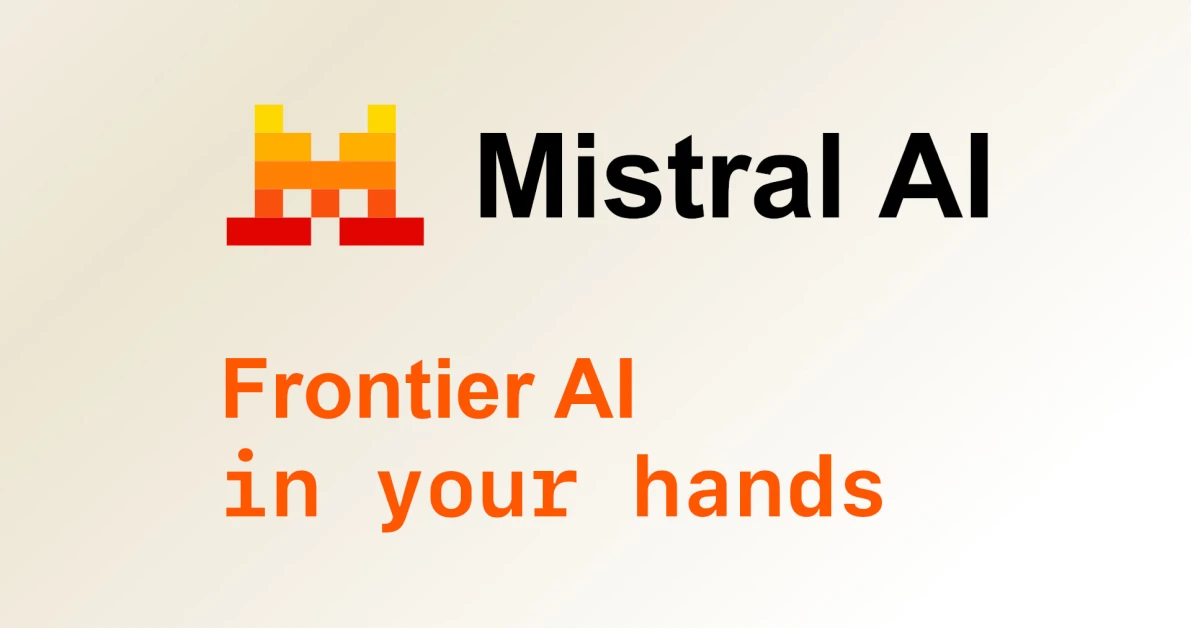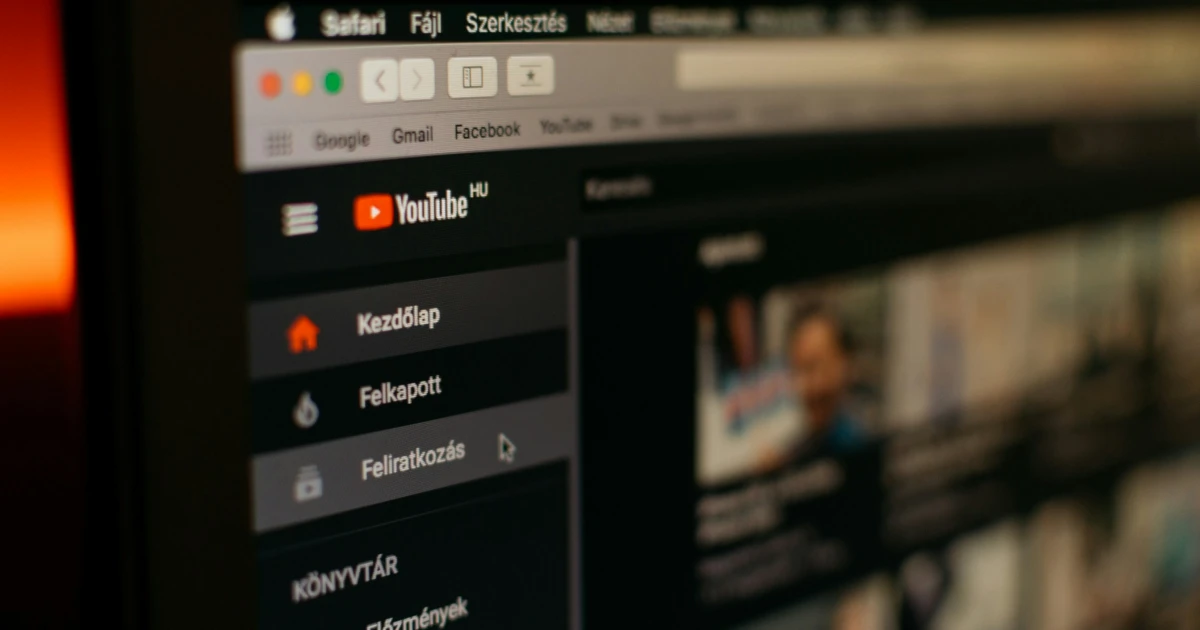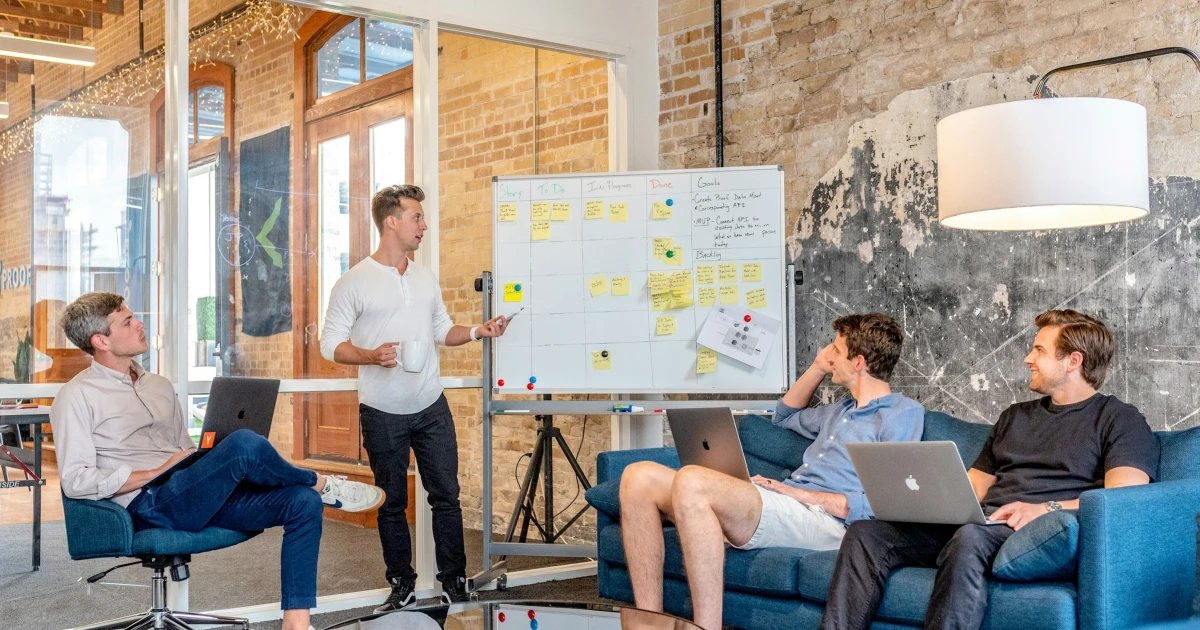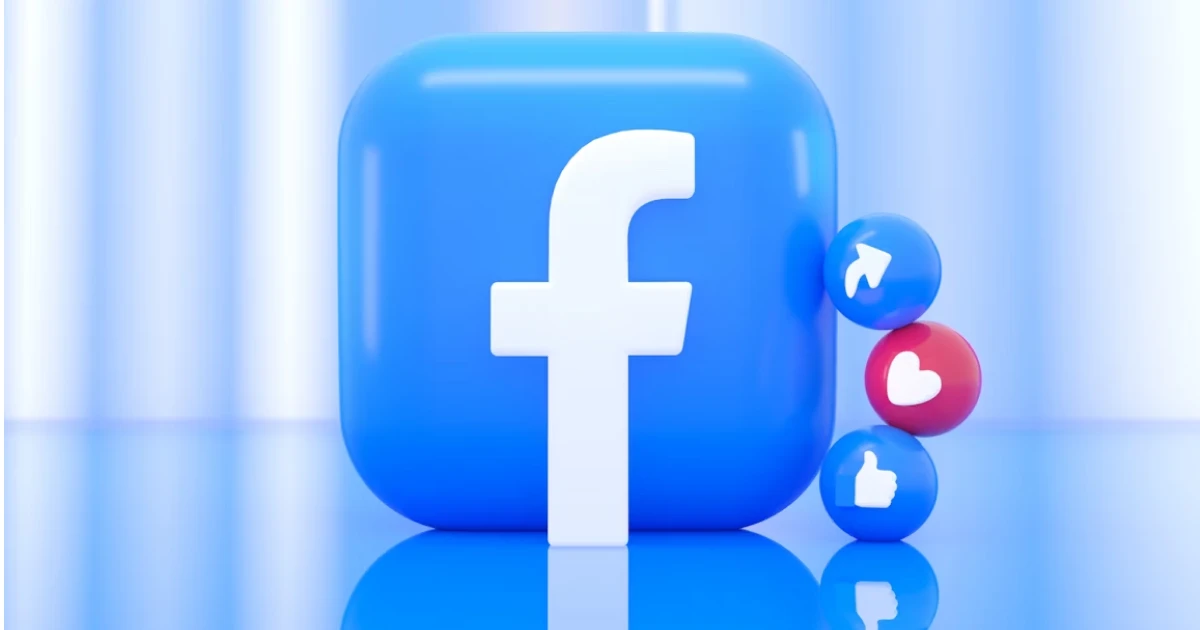think that it could bring more bad than good. In this ongoing debate, OpenAI steps in and promises to use and advance AI in a way that would benefit humanity. But how exactly is it going to make it happen?
OpenAI – an AI-developing company that serves humanity’s interests
Ever since its beginning in 2015, OpenAI had all the key elements to succeed and receive good feedback from the public. OpenAI was founded by 12 members. But not just any members. Among the founders of the company, you can find names such as Elon Musk and Sam Altman. With such bright minds in the executive committee, OpenAI was bound to receive a great amount of attention from the start.
Besides a promising group of initial board members, OpenAI had a noble mission: developing AI in a way that would be beneficial to humanity. Even more so, the company had the intention of not keeping its research and patents unavailable to the public, and being open to collaborating with other institutions.
OpenAI has the pure goal of developing AI technology that has consideration for the general well-being of humanity.
The company started as a non-profit. And even pledged from the beginning over $1 billion to the venture. Unfortunately, this bold initial statement didn’t come to fruition. By 2019 the amount collected by the company reached only $130 million.
Because of its non-profit status, OpenAI couldn’t give salaries that could be comparable to the ones offered by its competitors. But that didn’t stop them from hiring top AI researchers. What attracted most of the best researchers in the field was the potential the company presented combined with the mission to develop AI that aligns with human values. There is even a case in which a Google employee stated that they were ready to leave their current company to join OpenAI due to what the company planned to accomplish.
“The best thing I could imagine doing was moving humanity closer to building real AI in a safe way.” said Greg Brockman, one of the founders of OpenAI
Shortly after being founded, OpenAI launched in 2016 “OpenAI Gym” – a platform open to the public that was meant for reinforcement learning (RL) research. This open-source toolkit can compare RL algorithms and it’s made out of a set of environments written in Python.
And that’s not all! Still in 2016, OpenAI released a software platform called “Universe” that trains AI’s intelligence. This happens by providing the AI agent with a wide series of tasks across websites and a variety of applications.
As time went by OpenAI couldn’t continue being a non-profit company.
In 2018 one of the most known names that was part of the board committee, Elon Musk decided to give up his position in the company. The official reason for his decision was the possibility of an eventual future conflict of interests between OpenAI and Tesla, where he occupied the CEO position. At that time, Tesla had the intention of making AI developments of its own necessary for self-driving cars.
The transition from non-profit took place in 2019. In that same year OpenAI received a huge deal of attention after announcing GPT-2, a language model that could produce human-like text. After losing a vital donor, the financial situation of the company worsened – the transition from non-profit was the only option.
To not compromise its core values, OpenAI uses the capped profit model. The “capped profit” model transforms OpenAI into a mix between for-profit and non-profit. Using this model, OpenAI was able to attract both investments and offer stakes in the company to its employees, options that were unavailable for a non-profit organization.
OpenAI’s research in generative AI brings the company to the next level.
The next big announcement made by OpenAI took place in 2020. GPT-3 has the purpose of answering questions in a natural manner after being trained with the help of large internet datasets. GPT-3 can translate from one language to another as well as generate improvised text that is coherent. Based on GPT-3’s architecture, OpenAI presented a deep learning model called DALL-E. This model can generate digital images after being given a description in the form of text.
ChatGPT’s launch makes OpenAI hit the headlines all over the world.
What made OpenAI be talked about and written about in the media was the free preview release of ChatGPT in December 2022. The preview of this AI chatbot broke records and got over a million signups in less than a week. This launch was OpenAI’s greatest success. This led to a $10 billion investment in the company by Microsoft.
In 2023, GPT-4 was announced as both a new feature for ChatGPT Plus and as an API. Because of the high demand for ChatGPT Plus, the possibility of signing up as a new user was temporarily halted. However, this suspension was lifted after only a month for new subscribers. The end of the year was marked by Sam Altman and Greg Brockman’s brief resignations from leading positions followed by three notable researchers. After several series of negotiations, the two founding members returned to their initial positions.
Ever since the beginning of this year, OpenAI announced the intention to implement a team that has the role of collecting ideas received from the public in order for them to be taken into consideration and be included in the company’s research. OpenAI also revealed that a partnership with Arizona State University was made, so the institution could gain access to ChatGPT Enterprise.
OpenAI continues to be one of the most prominent companies in the AI research field to this day, launching innovative projects that are vital for the development of this relatively new domain. OpenAI’s story doesn’t end here, it continues to get longer every day and we are excited to see what more they have in store for us.




.webp)


.webp)








